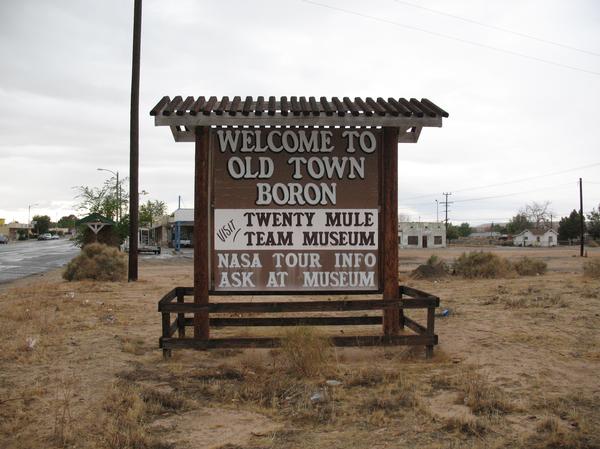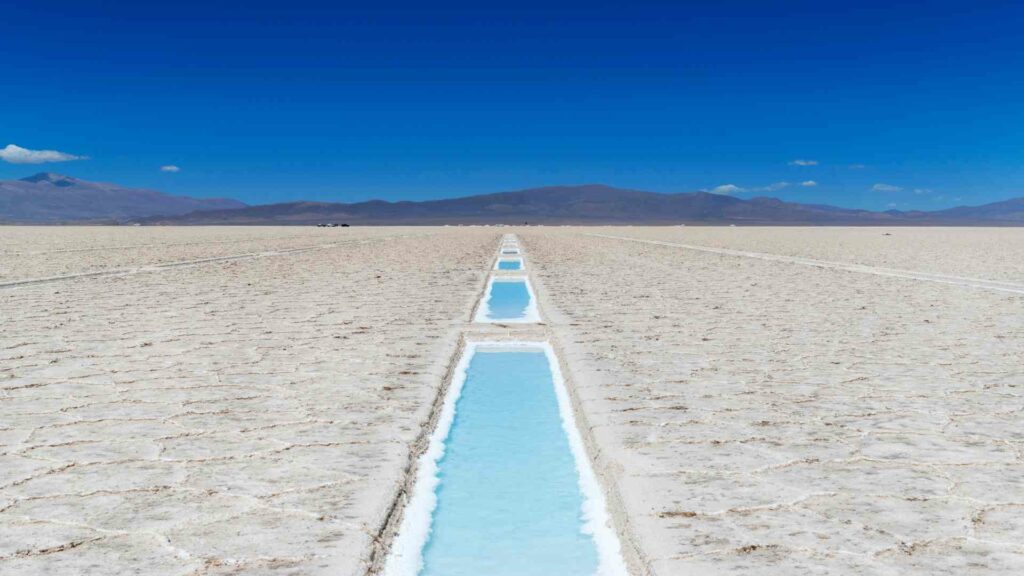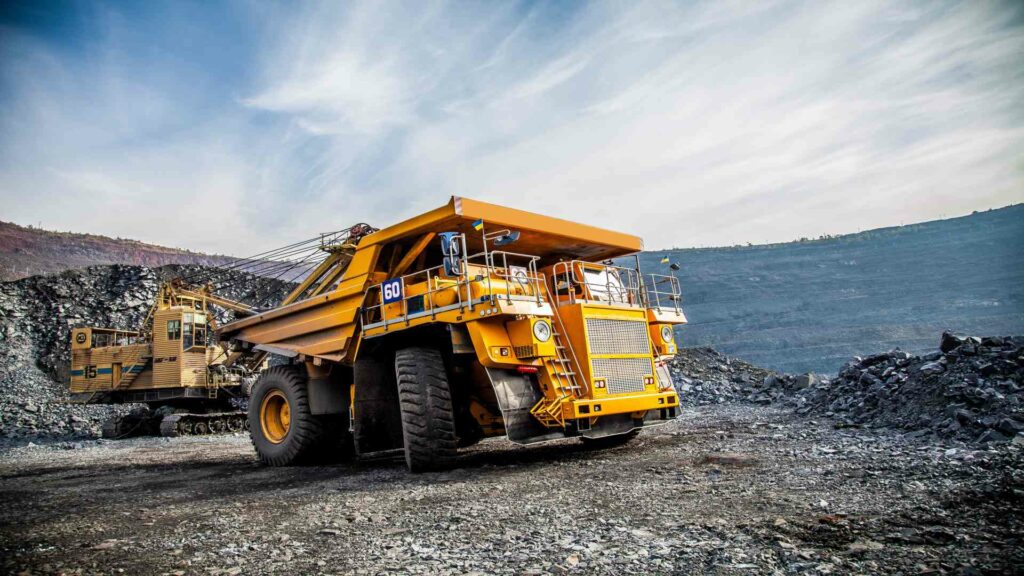Overview
Scientists and mining professionals know boron as a strategic mineral that powers advanced energy and serve multiple industrial, agricultural, and household applications. But there is another Boron, a town in California. Many of the population of Boron work at the U.S. Borax mine nearby, after which the town was renamed.
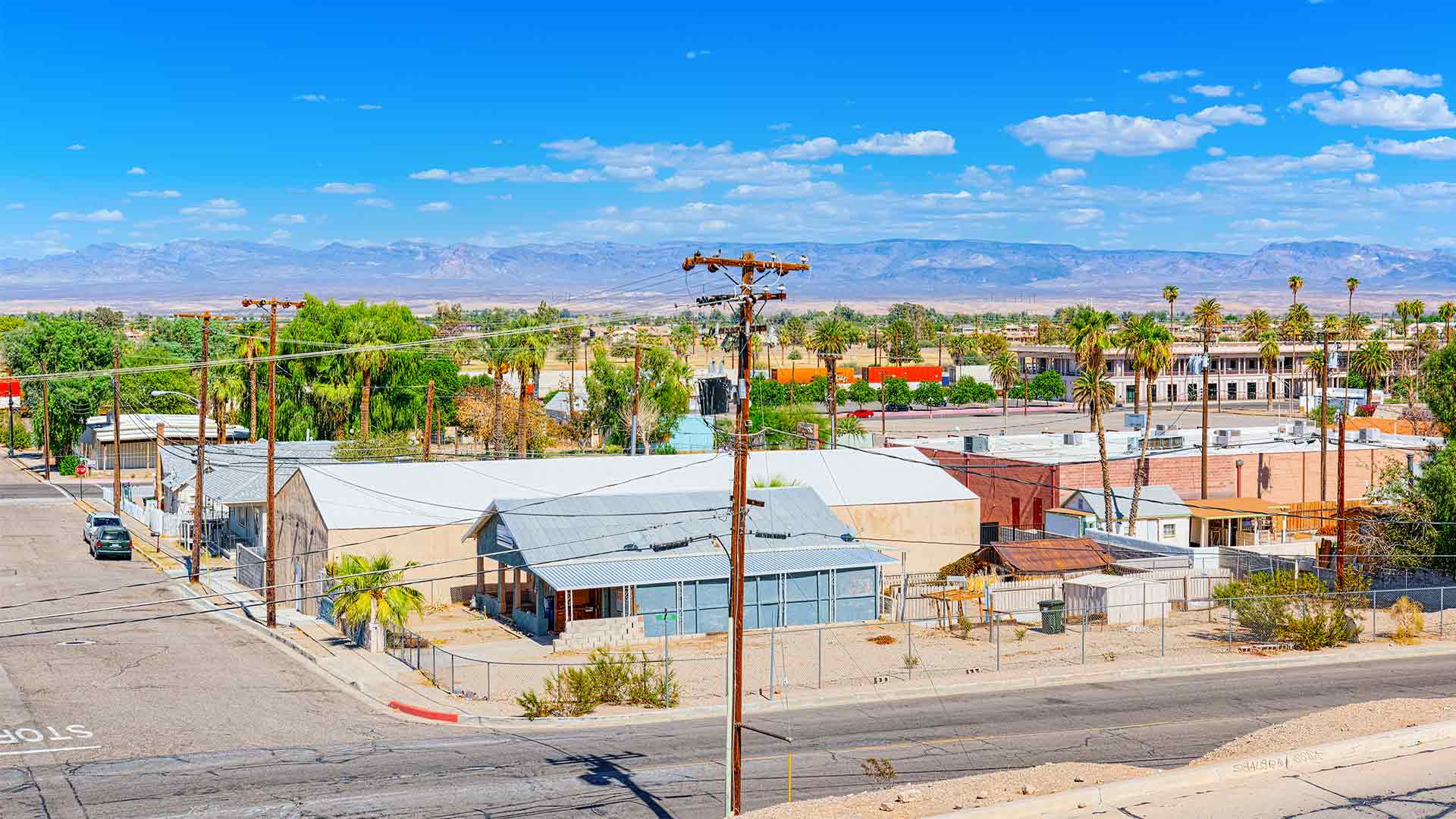
A California Desert Town
Boron is not just a critical mineral found ubiquitously in commercial applications and increasingly powering advanced energy and food security. Boron is also a hinterland community at the Mojave Desert’s western edge.
Boron, formerly known as Baker, Amargo, Borate, and Kern, is in East Kern County, approximately 15 miles southwest of Red Rock Mountain. It is 2,467 feet high and lies on the Kern/San Bernardino border. It lies midway between the larger cities of Mojave to the West and Barstow in the east. Boron is home to 2,253 people, according to the 2010 U.S. Census.
Boron is home to the world’s largest source of the boron compound – boric acid. Boron also houses Rio Tinto Borates and a Lithium plant, California‘s largest open-pit mining operation, and largest borax mine. Many of the workers at the U.S. Borax open-pit mine are located here.
History
Borates in colemanite were first discovered in 1913 while drilling for water. The Pacific Coast Borax Company purchased claims and continued exploration. A large borax deposit was found in 1925. Soon afterward, boron became a mining town, and commercial colemanite production was started.
In October 1913, Dr. J. K. Suckow discovered colemanite, a borax mineral. The discovery of colemanite led to many mining claims in the region. On the recommendation of Clarence Rasor, the Pacific Coast Borax Company purchased many of these claims. The company began explorations to find the extent of the ore body. Suckow retained an interest in the region and continued to work on prospects east of his discovery.
Eager to repeat his success, Suckow sunk a further shaft half a mile deep in the area. He struck only basalt at 180ft (55m) in 1924. The Pacific Coast Borax Company also prospected in the same area with nearly identical results. Basalt was found at 190 feet (58m).
But persistence paid off. Suckow also sunk another shaft in the same year. He then found a thick 70-foot (21m) layer of colemanite at 220 feet (64m). The Suckow Chemical Company produced a few hundred tonnes of colemanite from this shaft in 1925.
William M. Dowsing (37 m) and J. L. Hannan found a large deposit 120 feet (37 m thick) just one and a quarter miles west of Suckow’s shaft. They kept it secret until they discovered its full extent. It was sold to the Pacific Coast Borax Company early in 1926 and became the Baker Mine. Established in 1927, the Baker mine produced a significant amount of the borates in the Kramer District from 1927 to 1935.
Production started at the Suckow Mine near the Baker Mine in December 1929. Suckow Borax Mines Consolidated, Ltd. held half of the interest as a tenant-in-common of the Suckow Mine and Borax Consolidated, Ltd. They became involved in litigation that led to the mine closing in 1932. It was reopened as the West Baker Mine in 1935, with Borax Consolidated Ltd. as its owner.
In 1925, a large borax deposit was found. The mining town of Boron was founded soon after. Rio Tinto, formerly U.S. Borax, owns this borax deposit. This mine is an open-pit one and is the largest in California. The mine provides nearly half the world’s refined borates. Boron’s primary employer is Rio Tinto, employing over 800 people.
Borax and kernite have been mined underground for many years. At the opening of the open-pit mine in 1958, it was the largest underground operation in California. It had more than 200 miles worth of tunnels. The underground operations produced fewer specimens than the open-pit operation. Most of the samples were colemanite crystals found after the alluvial material overburden had been removed from the top of the deposit. The altered cap of the borate ore body was then exposed. The modified cap was mostly colemanite and ulexite and often had crystal pockets. Other minerals such as kurnakovite and inderite, tunellite, and hydroboracite were also found.
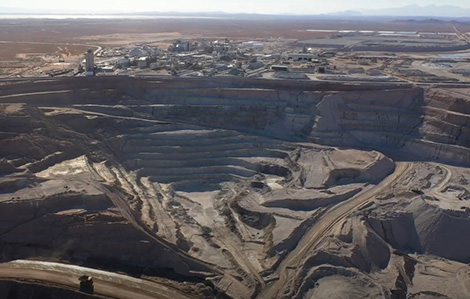
US Borax – a Rio Tinto Company
Visiting Boron
Boron has plenty of things to offer. It is only half a day away from Los Angeles, Las Vegas, Mount Whitney, and Death Valley. One can see the oldest trees globally and the Bristlecone pine there. Boron has the Twenty Mule Team Museum, Borax Visitors Centre, and an Aerospace Museum where tourists can learn about boron and its surrounding area, including Edwards Air Force Base.
The mine’s visitors center overlooks the large open-pit operation. A video presentation can be viewed in the small auditorium. Other historical exhibits, including one of the original twenty mules team wagon trains, are also available. Saxon Aerospace Museum is dedicated to aviation history, including the Edwards Air Force Base, Air Force Test Center, Air Force Research Laboratory, and NASA Dryden.
For many years collectors were permitted to collect minerals on the dumps freely. During this period, thousands of specimens of different borate minerals were collected. Collectors can no longer access the mine or its dumps, except for infrequent and controlled events like the annual boron gem and mineral show. Visitors can often find high-grade kernite and low-grade samples of ulexite or colemanite in the pile of borate minerals.
Boron has been visited by Hollywood stars several times for television and movie productions such as Erin Brochovich starring Julia Roberts (2000), Locked Out (2010), Gridiron Gang (TV 1993), and Death Valley Days (1952-1975), narrated by former Governor of California and United States President Ronald Reagan. Boron and its surrounding areas, including the mine, were used as backdrops for TV shows like Star Trek. In boron, one can witness and relive the setting of their favourite shows and movies.
Source: By Jey0h at en.wikipedia, CC BY 3.0, Link
Notable Residents
Boron was the home of “Walking George Swain,” who became a legend. He was known as “Walking George” and never owned a house or a car. Instead, he walked to work at the borax mine. Some say that “Walking George,” a chemist, lived in a hole in the desert and covered himself with newspapers at night. He was a regular at local events and often played the piano and taught others. He was featured on “Real People” in May 1979. Mr. Swain died on April 25, 2000.
Boron was also the home of Florence “Pancho” Lowe Barnes, who lived there from 1966 to 1975. Pancho was a famous air race/stunt pilot in the 1920s and 1930s. She was also well-known for being the matron of Happy Bottom Riding Club.
However, during a heated dispute between Edwards Air Force Base and Pancho over the expansion of one of the nearby runways of Edwards Air Force Base, the club mysteriously burned down. Pancho moved to Boron from Gypsy Springs when she was too old to care for her ranch correctly. She died in 1975.

